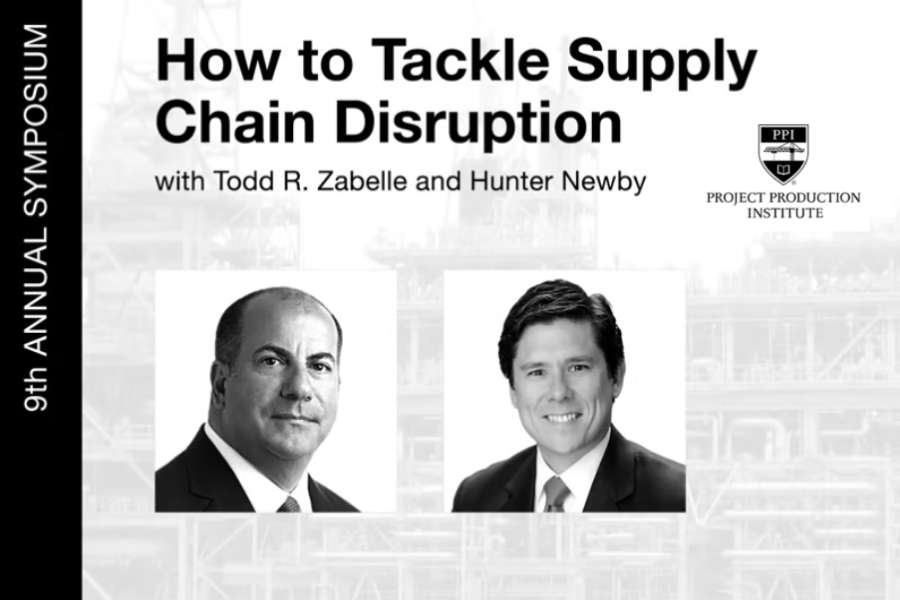The 10 Commandments; Hunter Newby Sets Out His Top 10 Rules for Interconnecting (NEXUS)
October 1, 2002
A series of articles originally published in Capacity magazine vol. 2 issues 4–7, May to Oct 2002 (under the section “NEXUS”). This article was published in the October 2002 issue. To download the complete series as one consolidated PDF (1 MB), click here.
The articles take the reader through step-by-step business practices and procedures for establishing reliable, secure and efficient network interconnections. They examine, for example, what is needed to prepare for negotiating meet-me room contracts, how to look for the appropriate type of meet-me room to how to accurately manage your inventory, as well as a top 10 interconnection rules to observe.
–––––––– FULL ARTICLE BELOW –––––––––
The 10 Commandments
Hunter Newby Sets Out His Top 10 Rules for Interconnecting
by Hunter Newby | October 2002
In the past five years in the interconnect business at 60 Hudson Street I have seen many things. Some made sense straight away and others took a bit of pondering. Here, in no particular order, are my top 10 proverbial phrases that I think describe today’s interconnect business.
THE FIBRE IS IN THE STREET
In other words, it’s on its way, but when it gets there no one knows. Don’t bet the farm on a carrier delivering on what they promise when it comes to an install time. The root of the problem lies in the fact that they do not know what they have or where most of the time. This lack of inventory creates delays. Penalties for missing dates are a good way to safeguard against this, but sometimes they take longer to work through legal teams than for the circuit to be delivered. Who forecasts revenue from penalties anyway? What you really need is the circuit. Sell first and provision second is a bad sequence for the buyer.
A CAGE IN A CARRIER-OWNED FACILITY CAN BE LIKE A CELL IN A TELECOM PRISON
What first looks like a great rate can get ridiculous when the cost to deliver the loop or cross-connect is factored in. The real-life example here was a European transatlantic carrier selling a London-New York STM1 for $3,500 a month. The New York end was 60 Hudson. That was where the buyer was as well. The seller was in a CLEC colo and was barred from having any access to alternative and more cost-effective means of in-building transport. It was told it had to use its landlord’s CLEC local transport network to deliver the circuit four floors away. The cost for that OC3 zero-mile loop was $3,700 a month.
A TELECOM BARGAIN IS SPACE YOU DON’T NEED AT A PRICE YOU CAN’T RESIST
This is the $400 rack in the empty facility. Great price, but what you really need is other carriers to connect to. In the carrier world co-location is secondary to interconnections. What is the point of a colo facility if you still need to buy local loops to get to the carriers you want? First find where the carriers you need to connect to are and then negotiate for the space there. It is worth paying more for the rack and saving on the time and cost of the interconnect.
ALL THAT GLISTERS IS NOT GOLD
So they spent $600 per foot building the place out and they have the best coffee bar and game room in the city, but when you get down to it this is still a carrier-owned and operated facility and cross-connects cost $500 a month. Don’t blow your budget and give up your freedom for a latte.
WHEN YOU HEAR SOMETHING THAT DOESN’T SOUND RIGHT, SPEAK UP
What’s the difference between an OC48 and a 2.5G wave? They’re both OC48s, right? No, not really. What happens when an Ethernet IP provider in your facility sells a 10Mbps circuit with a Cat 5 interconnect requirement, but you know the buyer only has a single mode fibre patch panel and no one catches it? What do you do when the sales rep for the IXC with only a fibre panel in your suite sells one of your tenants an electrical circuit, but you know they have no multiplexing equipment? You speak up. Be the bearer of bad news and tell everyone involved that they are heading for a critical failure. Offer suggestions on how to solve the problem. Usually solutions take time and cost money. No one wants to hear it, but in the end everyone will respect you for your insight and honesty.
IF IT DOESN’T MAKE SENSE, DON’T DO IT
You need to build the business case to justify your fees to your customer. If your proposition does not create greater operational efficiency, or generate enough positive revenue to cover the fees then help them find another way. At the very least you build a good name. Nothing is more annoying than people who know when something doesn’t make sense, but still push to “get a deal done”.
WHAT COMMUNICATIONS LACKS IS COMMUNICATION
This applies to many business levels. The real problem is that informed people with good follow-up and notification skills that can manage an intelligent conversation are not as plentiful in telecom as they are in a pub during a football game. Sometimes reporting that there is no information is good. It is bad information that causes unnecessary delay. The only thing worse than bad information being communicated is an intentional lack of communication. Always be upfront with everyone. If there is something that can’t be done tell the customer right away. No one wants a surprise that they could have been told about ahead of time.
A CLOSED MIND IS A GOOD THING TO LOSE
Being creative is essential in this business. There are usually three or four ways something can get connected. Pick the best one for all parties involved. Always keep safety codes and telecom standards at the top of the list. If you charge a reasonable fee for a service someone else can benefit from then you have a good model that will grow. Creative thinking and flexible pricing produce solutions that carriers buy.
HISTORY REPEATS ITSELF
Learn from as many failures as you can find. At one time AT&T had a chance to completely own the co-location and meet-me room business model in the US, but did not know it. Instead in 1984, when the break-up of AT&T was mandated, it decided to not mention that it would not allow competitors to co-locate equipment in its buildings until after the agreement was signed. This meant it lost the opportunity to have all of the competitors become tenants and thus control all of the interconnections, power, comings and goings, and so on. Instead competitors were forced into a then almost-vacant 60 Hudson Street. The same happened again in the late 1990s when RBOCs would not allow CLECs in to their central offices.
YOU DON’T HAVE TO CLEAN SOMETHING THAT DOESN’T GET DIRTY
Carriers want to be where carriers already are. Proximity implies time and cost savings. A mint facility the size of a football field in the middle of downtown nowhere will probably never lose its original floor shine. When I see boxes, wire clippings, fibre slack and other bits left behind I don’t see a dirty mess. I see progress. I enjoy watching the brimming trash bins get carted away everyday. It reminds me that telecom is alive and well in some places. You just have to know where to look.




